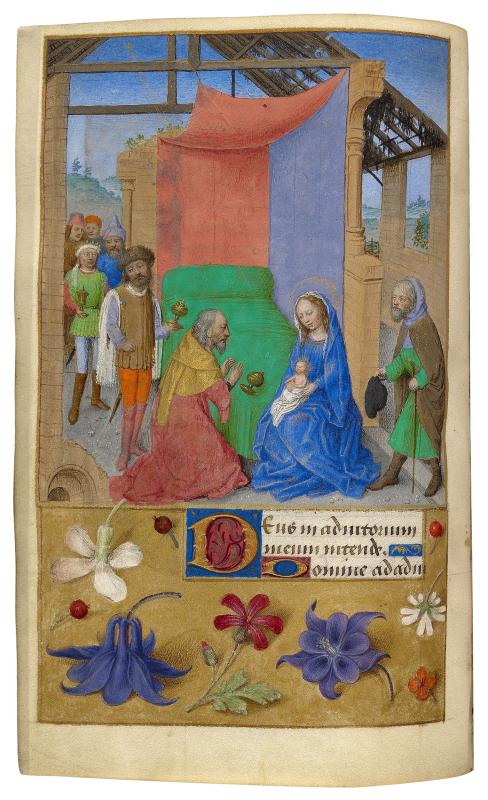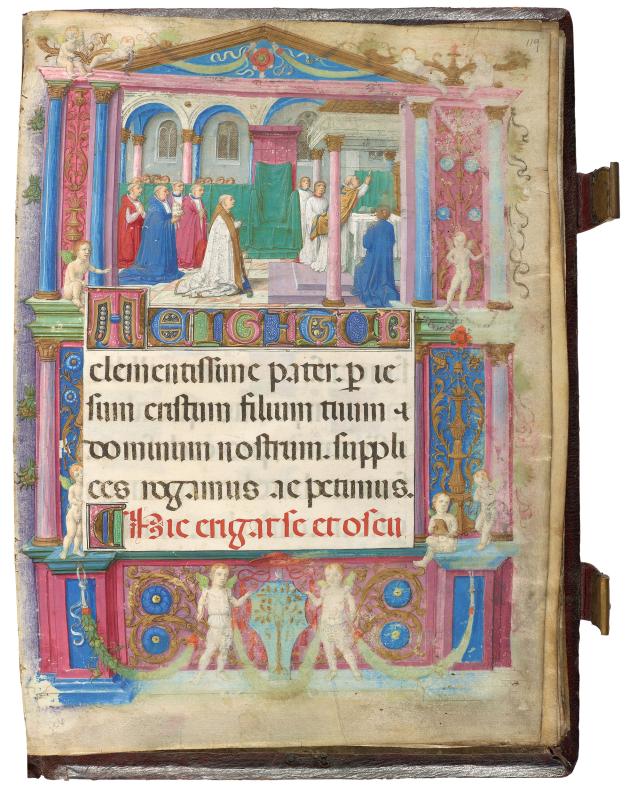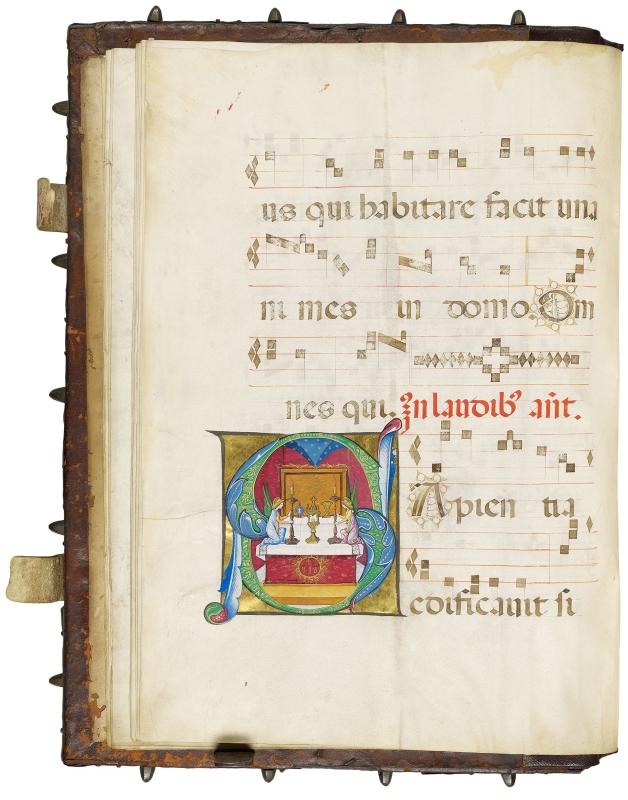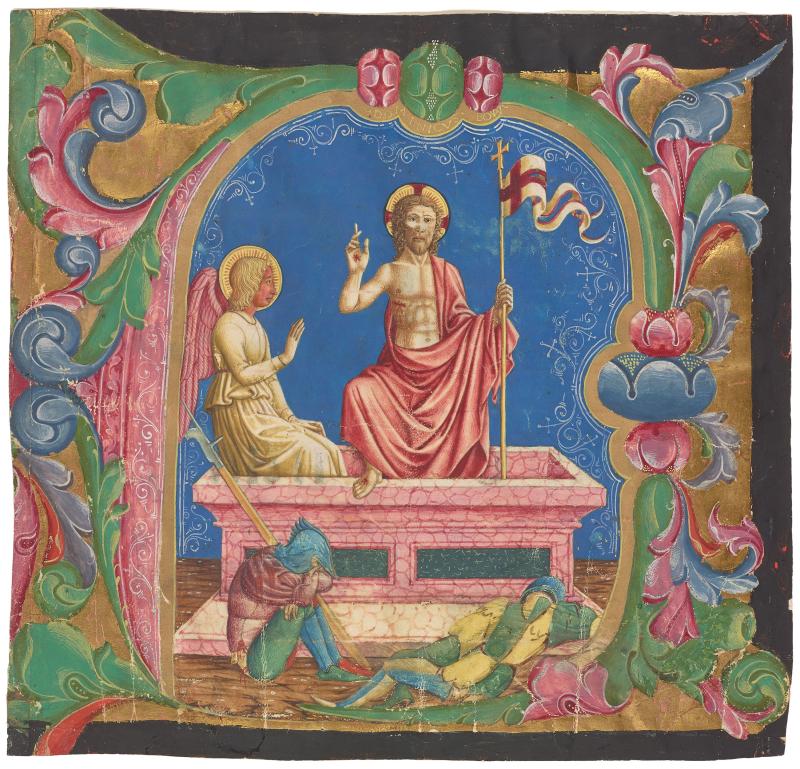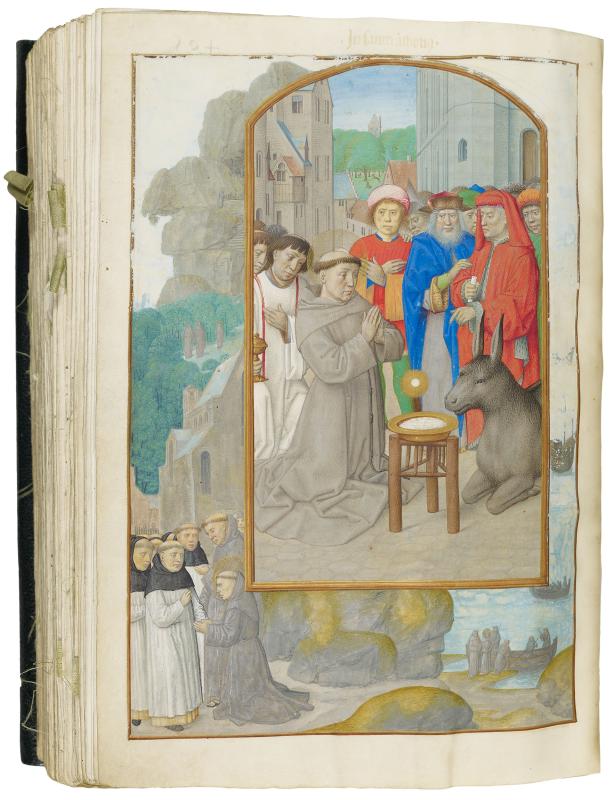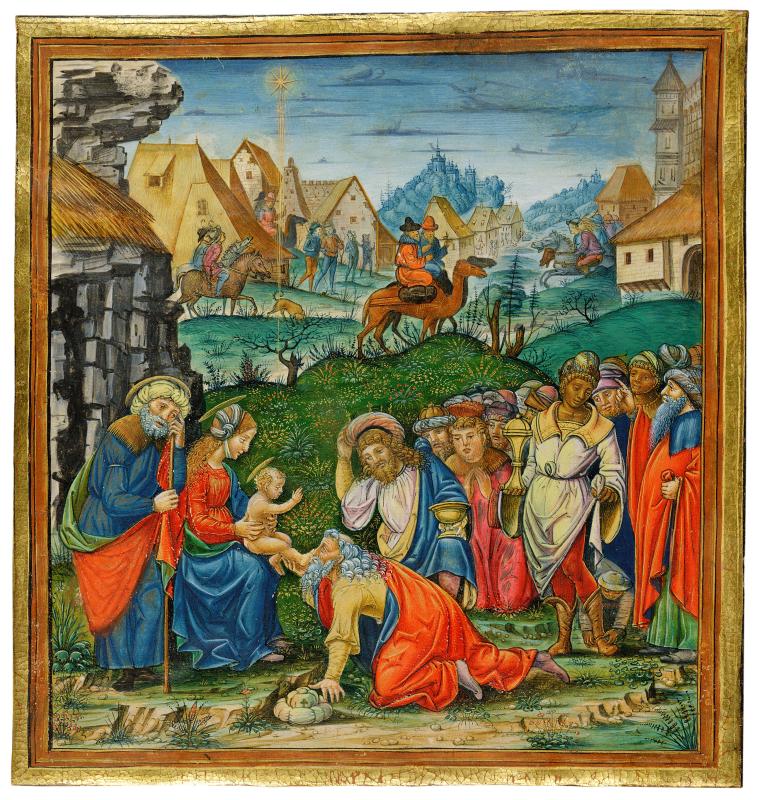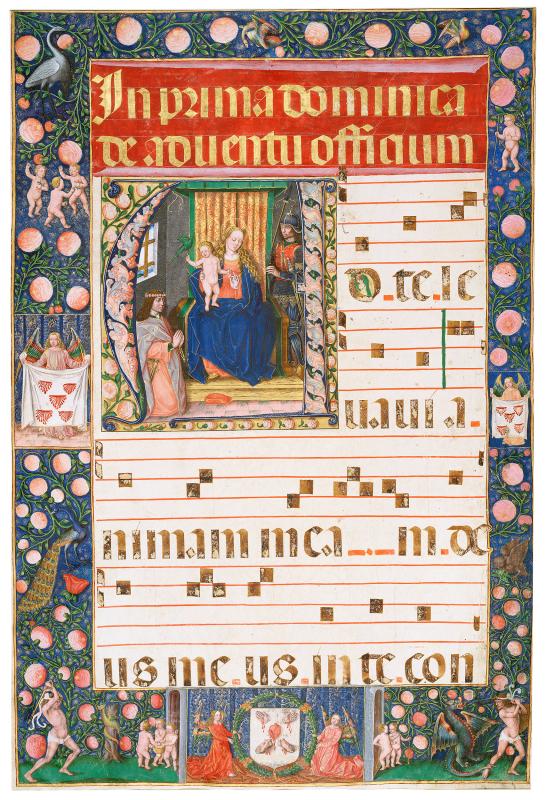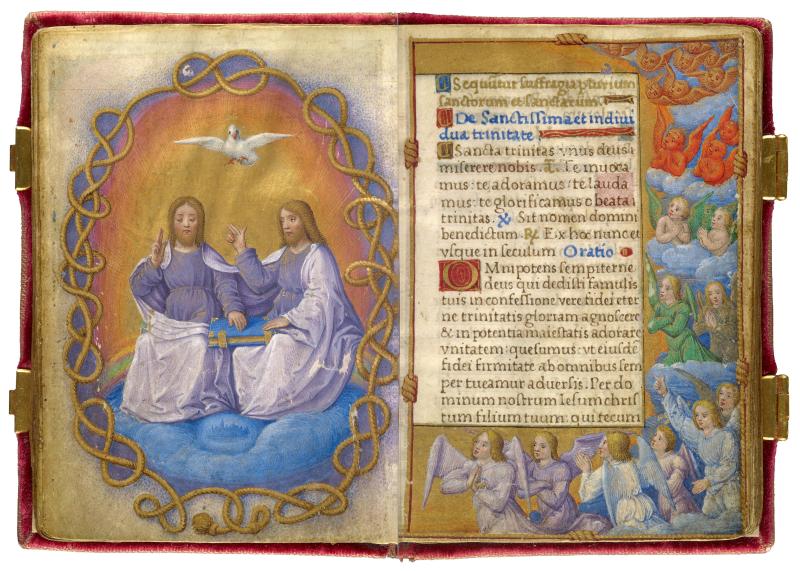
When Pierpont Morgan acquired his first medieval manuscripts at the end of the nineteenth century, he laid the foundation for a collection whose quality would rank among the greatest in the world. Since Morgan's death in 1913, the collection has more than doubled. Spanning some ten centuries of Western illumination, it includes more than eleven hundred manuscripts as well as papyri. To this should be added the Glazier, Heineman, Bühler, Stillman, and Wightman manuscripts, which include more than two hundred more items. Although the collection was formed to illustrate the history of manuscript illumination and includes significant masterpieces from the ninth to sixteenth centuries, there are also some important textual manuscripts.
The Morgan's collection is made up primarily of Western manuscripts, with French being the largest single national group, followed by Italian, English, German, Flemish, Dutch, and Spanish. There are also examples of Armenian, Syriac, Coptic, Ethiopian, Arabic, Persian, and Indian manuscripts. More than fifty Coptic manuscripts from Hamouli, Egypt, nearly all of which were found in their original bindings, form the oldest and most important group of Sahidic manuscripts from a single provenance, the Monastery of St. Michael at Sôpehes.
The majority of these books are of a religious nature, but the collection also includes important classical works, scientific manuscripts dealing with astronomy and medicine, and practical works on agriculture, hunting, and warfare. Notable are the ninth-century bejeweled Lindau Gospels, the tenth-century Beatus, the Hours of Catherine of Cleves, and the celebrated Hours of Cardinal Alessandro Farnese, the best-known Italian Renaissance manuscript.

